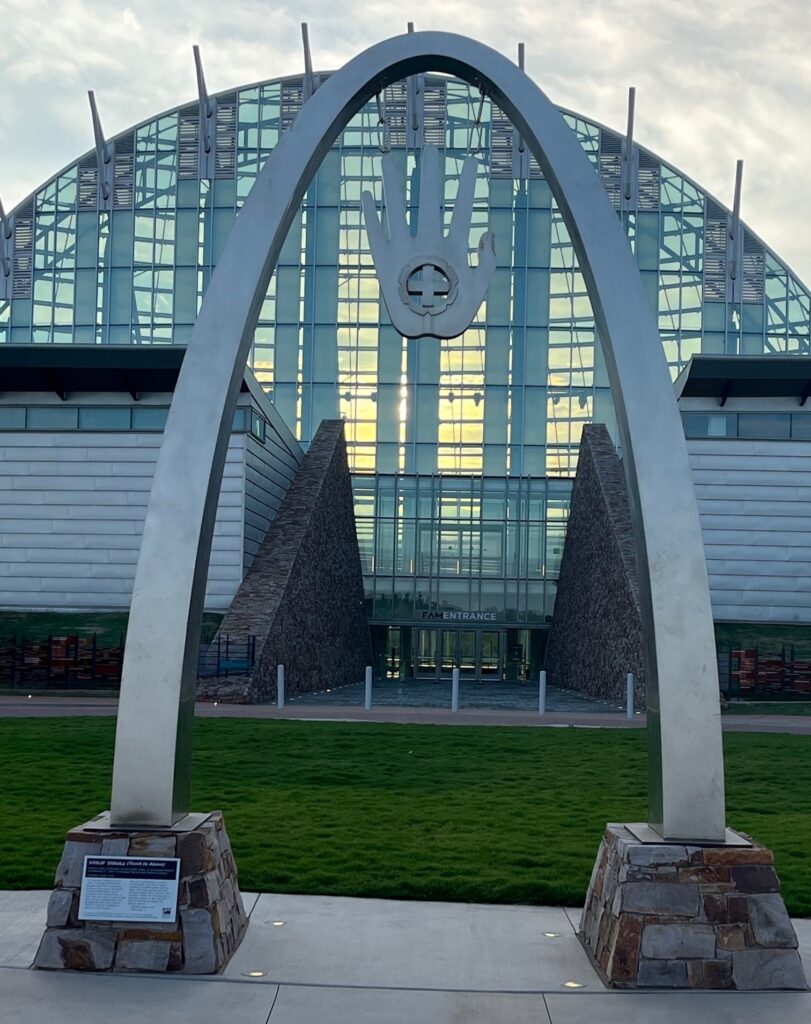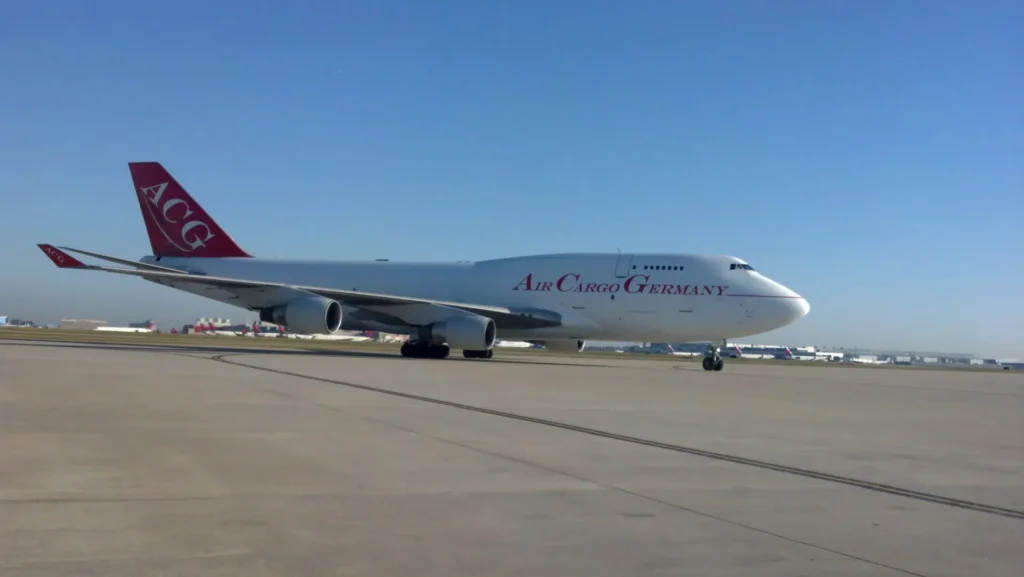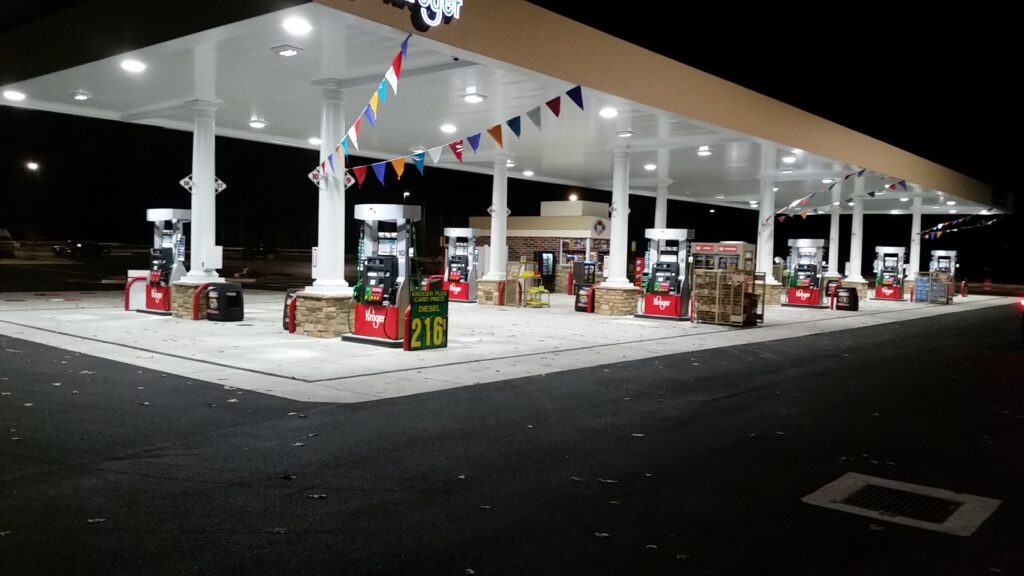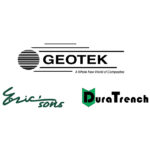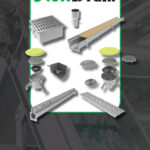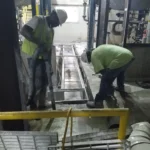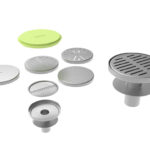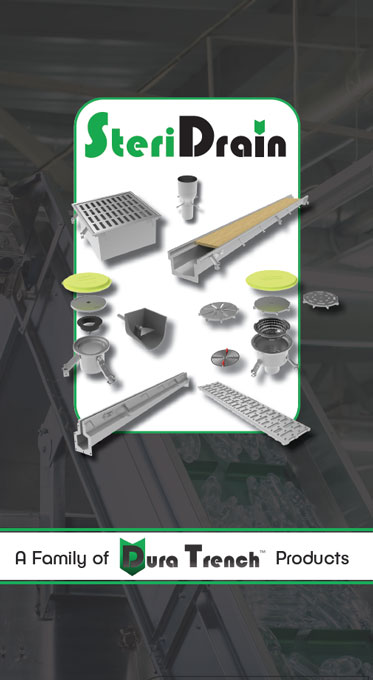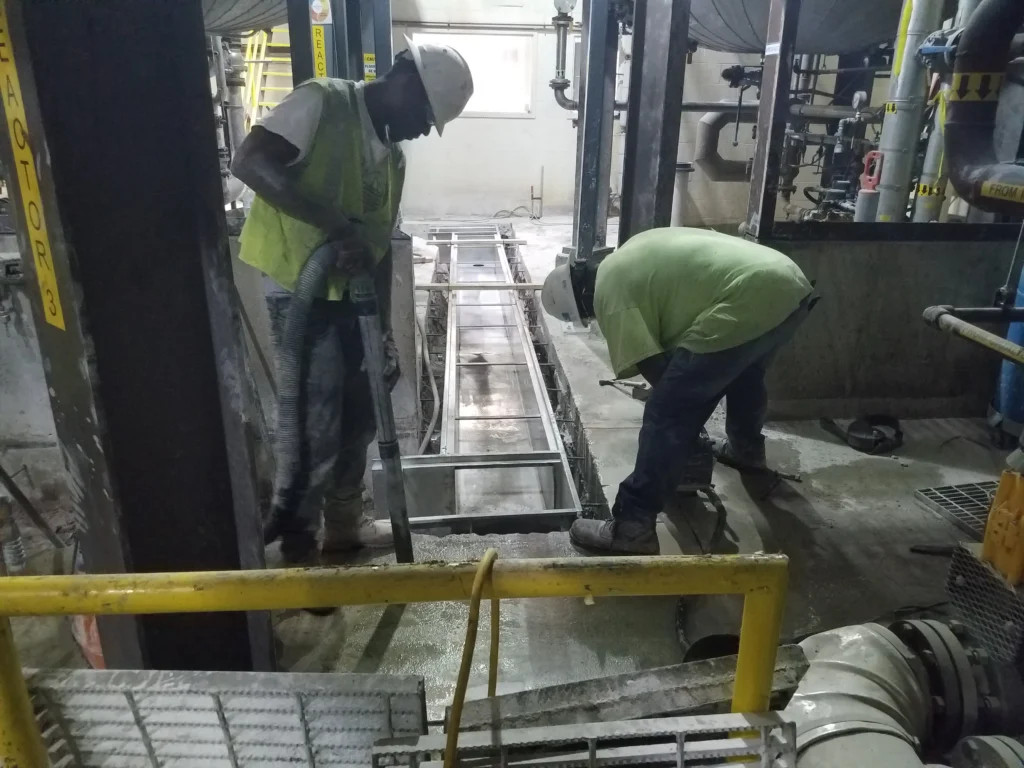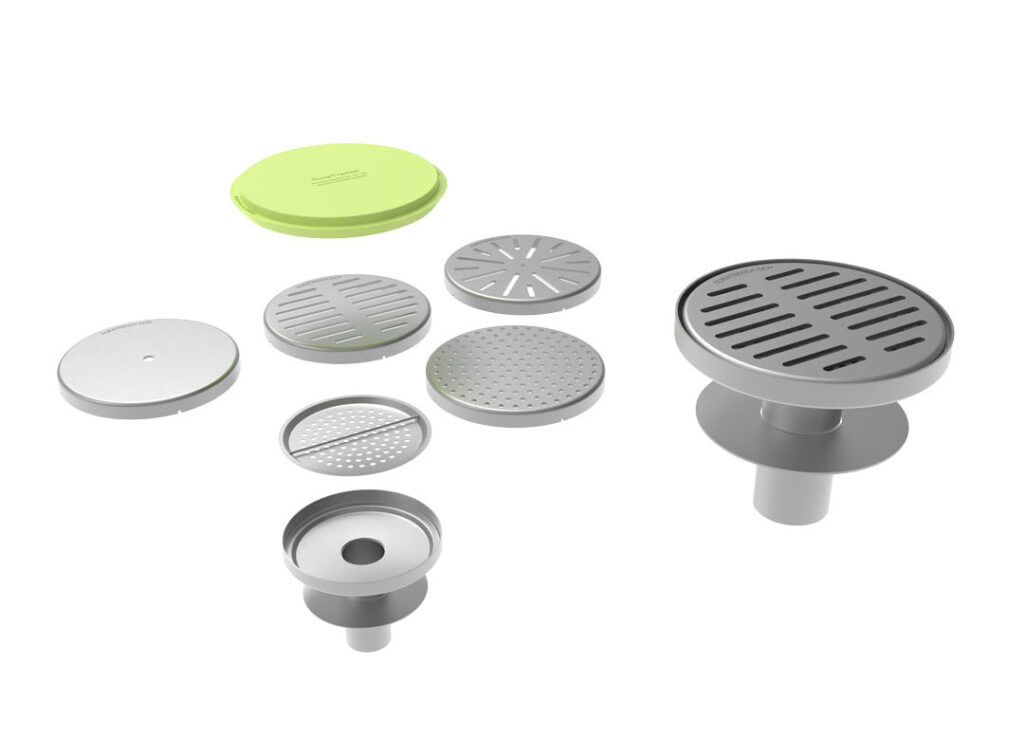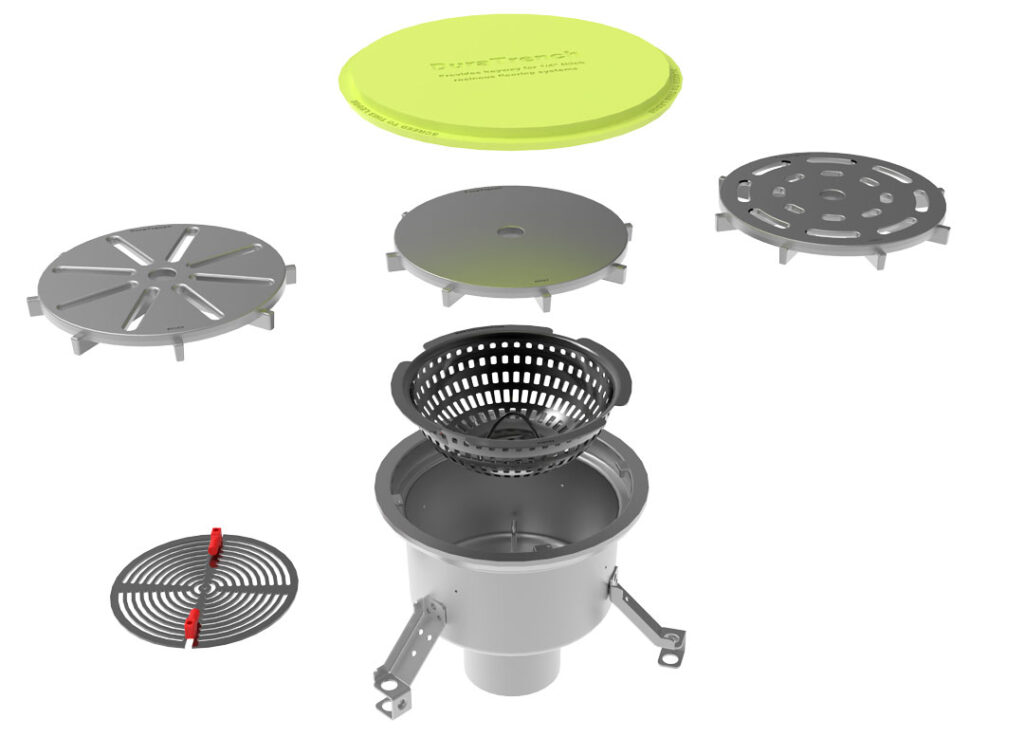Operating a food and beverage production location requires knowledge about a lot of different business needs. You might feel like you have to wear a ton of hats to get through each business day. One of the main things that managers and owners of these kinds of facilities need to understand is the requirement for correct drainage in their production facilities.
Good food and beverage factory drains can make all the difference when it comes to business compliance with regulations and safety concerns. You cannot hope to keep your business open and thriving if you are struggling with poor drainage that leads to potential risks and contamination. If drainage is at the top of your list of concerns for your facility, you need to keep reading.
Ways Food and Beverage Production Locations Can Comply With Federal Regulations
1. Install Correct Drainage
As mentioned above, one of the main concerns that businesses in the food and drink production space have is drainage. Drainage is necessary in food production spaces for a host of reasons, not least of which is that water runoff is often a major component of the creation process for various kinds of food and drink. You need to be sure that there is no standing water on your production floors to prevent slips and falls, but also to keep contaminants from getting into your products.
Correct drainage is important to prevent the risk of bacteria or mold from entering the food supply as well. There are various laws and regulations that you will need to follow at your facility that are related entirely to having the proper drainage. This means that you need to upgrade your drainage solutions if you are worried about being fined or shut down due to drainage-based issues that could have been avoided.
Proper drainage will remove all standing water from work areas, and it will be easy to clean and sanitize throughout the workday. This drainage will also comply with regulations with regard to catch basins and other drainage solutions intended to keep caustic or unsafe runoff from being disposed of in storm drains or other drainage outlets connected to your factory location.
Getting access to advice and expert designs for your business drainage can ensure that you have the right kind of drainage to comply with regulations and to keep your business safe and clean each day.
2. Proper Procedures
Your staff and everyone who enters your factory space need to know what the proper procedures are in each area of your business. These procedures impact safety and can also impact the quality of the items that you are producing. Without proper procedure, safety issues and contamination are almost guaranteed. While federal regulations might not lay out the specifics of all of the various ways that you need to comply with their edicts and boundaries, you should be able to take the fundamentals from these regulations and create procedures for your workplace.
All of your staff and even visitors and business partners need to be aware of these procedures before they ever set foot inside your factory spaces. Prevention is the best way to handle risk, and you will need to make sure that you have proper procedures in place for each area and stage of your production processes.
3. Stay Up-to-date
Regulations and requirements change over time, and some businesses fall behind. You need to be sure that you are aware of regulatory updates and alterations to the recommended processes for sanitation and other steps in your production process. The better your awareness is of these alterations to protocol, the less likely it is that you will run into issues that lead to fines or your business being shut down for a period of time.
You might want to hire a team of experts, or at least a single person who is experienced in this part of the workflow of your business type, to stay on top of these essential requirements for business safety.
Posted Signage and Areas With Limited Access
One of the other ways that you can ensure that compliance with procedures and regulations is maintained is to post signage that makes everyone on your property aware of the risks or requirements for behavior in specific areas of your facility. You should also consider barring entry to specific areas of your facility for those who are not trained or prepared to be in those spaces.
Dangerous work environments can be part of the process of manufacturing items of various kinds, and having the public or vendor partners in the areas of your production facility where this work is being done is not a good idea. Even if federal law does not specifically prohibit this kind of access, you should know which areas of your business are not safe for the public or those without proper training to access.
Prevention in this regard is just as critical as any other aspect of ensuring that your business has safety in mind at all times.
Food and Beverage Facilities Need to Comply With Regulations at All Times
There are many regulations that you need to comply with if you own a food or beverage facility, and you need to be aware of the best ways to implement these requirements at your production facility. You will want to be sure that you have proper drainage in areas where production is going on so that you are not fined or shut down due to issues with compliance with federal laws. Additionally, you should consider limiting access to specific areas of your facility and keep in mind that laws and regulations change over time.
Food and beverage facilities have a duty to create products that will not harm the public. This is why there are so many laws and regulations surrounding the way that processes and workflows occur. You will need to be sure that your business is prepared to stay compliant by following the steps suggested in this guide.

